Antarctica is the world’s most remote continent, a vast and untouched wilderness at the edge of the Earth. Towering icebergs, rugged mountains, and breathtaking channels create a landscape that leaves visitors speechless. For centuries, this legendary land has lured explorers like Shackleton, Nordenskjöld, and Amundsen, drawn by its untamed beauty and mystery. Home to millions of penguins, seals, and whales, Antarctica offers an unparalleled wildlife experience. Join us on the ultimate Antarctica cruise! Travelling with PolarQuest means exploring in small groups, allowing for greater flexibility in landings and the ability to seize unexpected opportunities along the way. Smaller groups also mean maximised time ashore and a more personal, immersive experience.
Antarctica cruises
Our ships on Antarctica
Neighbouring the South Pole
Antarctica, as opposed to the Arctic, is a continent – and as such the only one without a permanent human population. There are, however, temporary inhabitants, mostly researchers. Antarctica is not a minor landmass, it is twice the size of Australia and 98% is covered in ice. The average altitude is 2 500 metres above sea level. Hence it is a cold continent, the lowest measured temperature is minus 89° C. However, it will be much warmer when and in the areas that we intend to visit!
Some 100 million years ago Pangea disintegrated into different continents which started to move in different directions. Antarctica was released from Australia and slowly moved towards the South Pole leading to the continent ’s cold climate and large masses of ice.
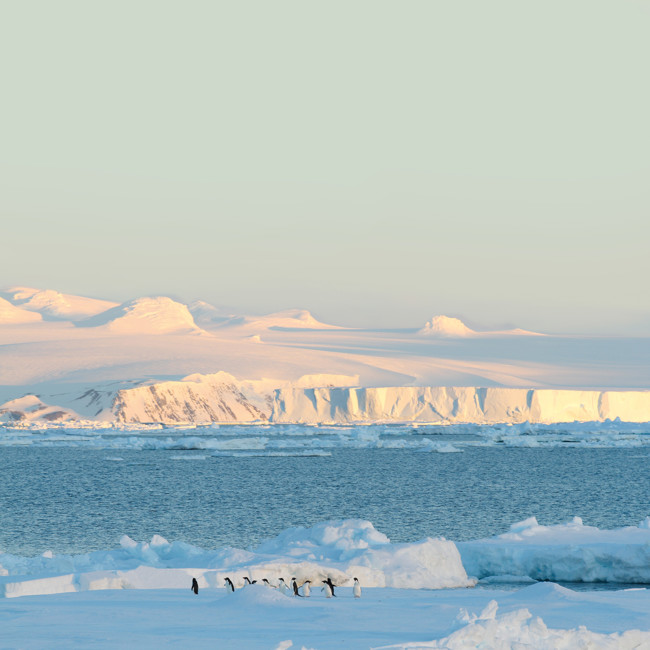

History
Because of its remote location, Antarctica was among the last areas in the world to be discovered. Since the time of Aristotle, scientists believed there must be a large continent way down south. They named it Terra Australis.
The thought of this large southern land mass inspired many explorers. In 1773, James Cook made an attempt to reach these southern shores but he couldn’t get through the Pacific pack ice. Many explorers followed but were forced to turn back because of the rough sea.
In the 1820s, different areas in Antarctica and its surrounding islands were discovered. Many explorers were searching for sealskins and whales. Rumours about the large southern continent spread fast and several countries sent scientific expedition teams to explore – and their names remain to this day, i.e. James Clark Ross (Ross Sea and Victoria Land), Charles Wilkes (Wilkes Land) and Jules Dumont d’Urville (Adelieland).
Since then, countless more or less horrific expeditions and adventures towards, to and across this rugged land have been undertaken. There is a lot of literature available on gentlemen like Nordenskjöld, Shackleton, Amundsen and Scott, whose amazing stories you will learn about during our trips.
The Antarctic Peninsula
The distance from Antarctica to any other continent is at its shortest between the southern tip of Argentina and the Antarctic Peninsula. The Antarctic Peninsula is 1300 km long and is dominated by a series of mountain ridges which in geological terms are an extension of the Andes. This is where most snow- and ice-free areas are found during the Antarctic summer and this is also where the wildlife is at its most abundant.
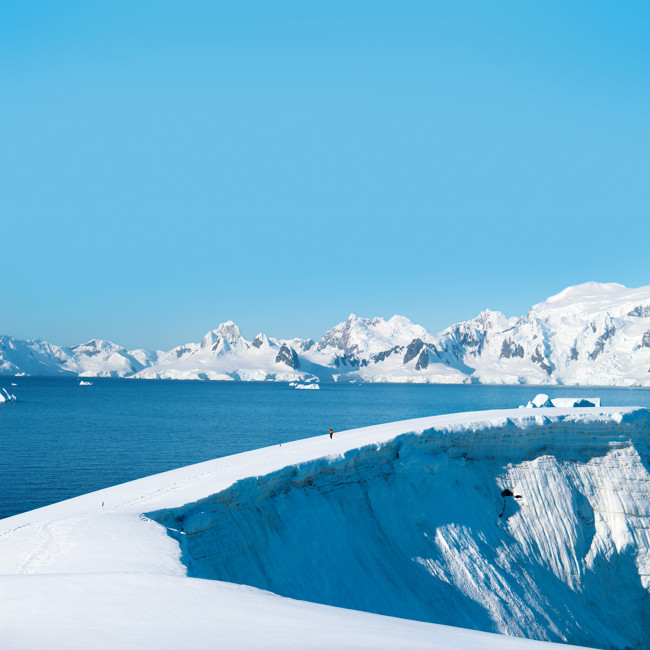

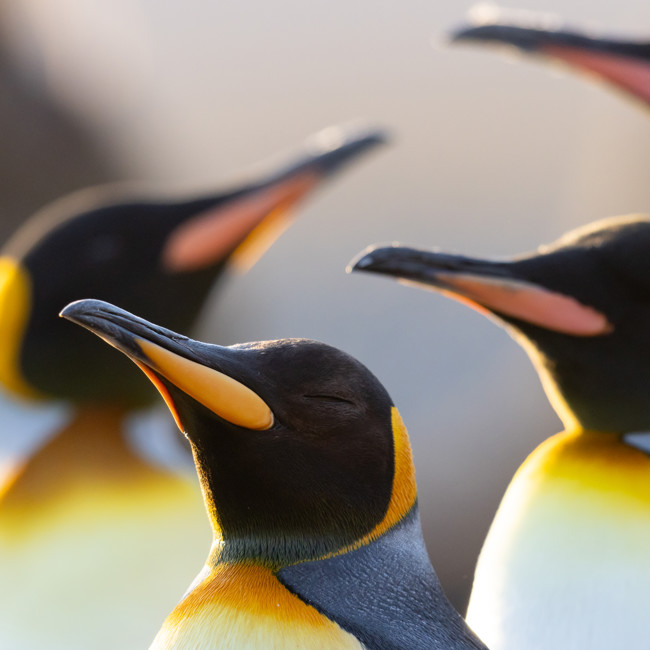

South Georgia
In the middle of the Southern Ocean lies South Georgia. With nearly 3000 meter high mountain peaks, impressive glaciers and sandy beaches the island invites its visitors to some of the world’s most magnificent sceneries. The wildlife here is truly extraordinary. Everywhere, on the beaches and rocks, in the water and the air, the wildlife is teeming. The sound of hundreds of thousands of king penguins is very powerful! It is an incredible experience to stand among all these curious individuals.
Here, we also have a chance to meet the huge elephant seals, which can weigh as much as four tons and have over 200 females in one single harem!
The South Pole
The geographical South Pole is the southernmost point in the world, 90 degrees south. It is situated on a vast ice plateau, 2835 metres above the sea level with a desert climate and next to zero humidity. This is also one of the coldest places on earth, where the southern summer (December and January) means a low standing sun and a temperature of about –25°C. The southern winter (February–November) is dark with temperatures as low as –55°C. It is not easy to imagine the harsh conditions that the early polar explorers trying to reach this point had to endure – truly some of the greatest achievements in modern times!
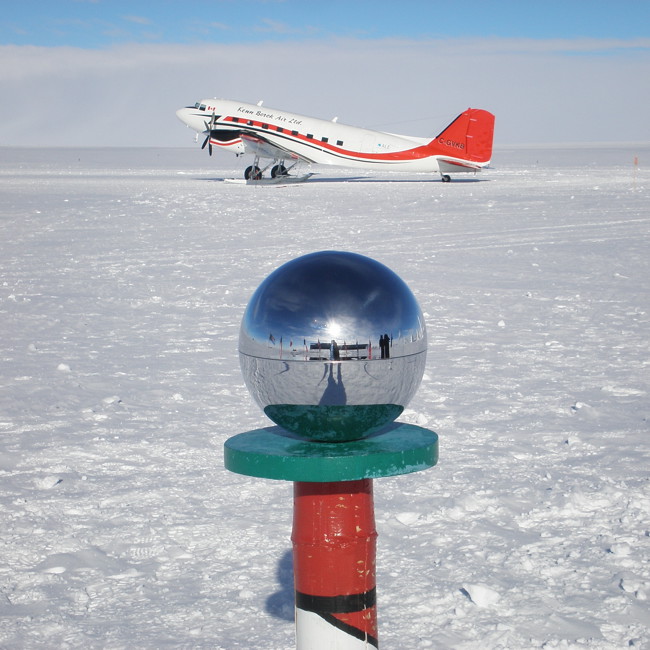

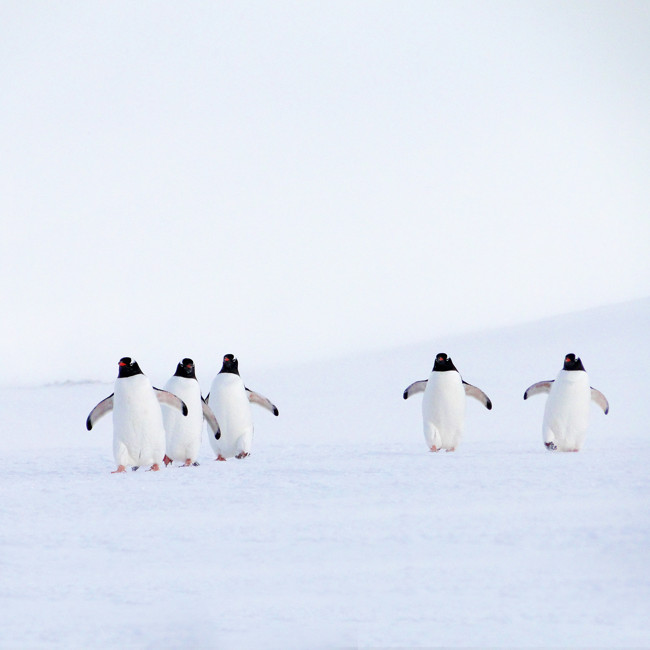

IAATO
PolarQuest is a proud member of IAATO - a member organization founded in 1991 to advocate and promote the practice of safe and environmentally responsible private-sector travel to the Antarctic. IAATO is an international organization, comprised of more than 100 respected companies and organizations from 19 countries. Learn more: www.iaato.org





